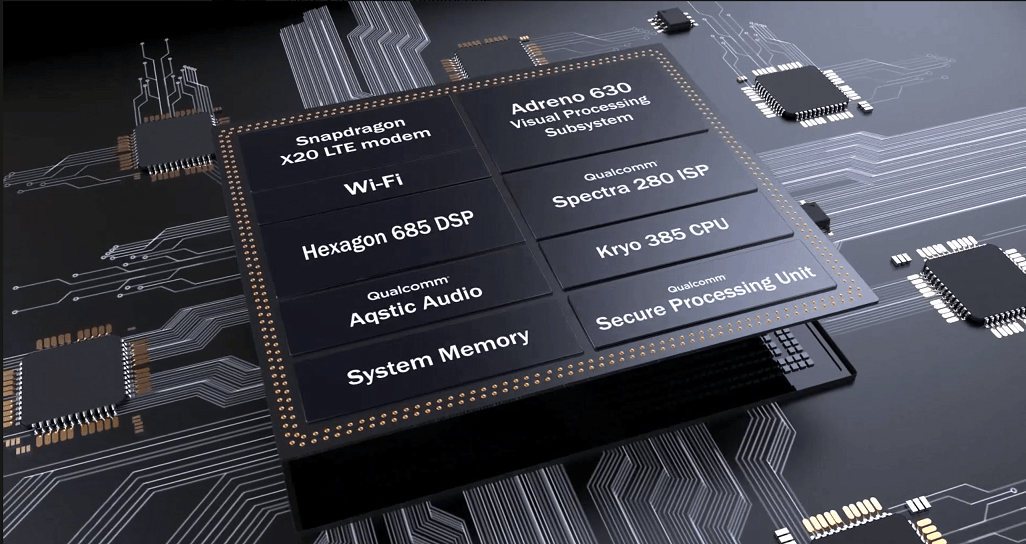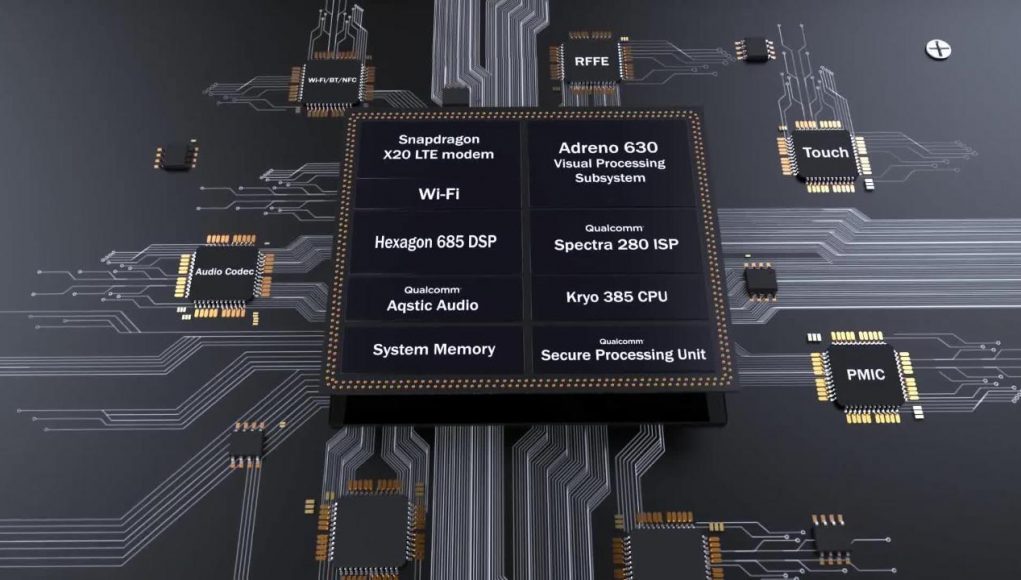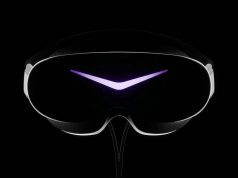Qualcomm introduced it’s new Snapdragon 845 mobile processor at the company’s tech summit in Hawaii this week, which Qualcomm says improves mobile AR/VR headset (branded to as ‘XR’, or ‘eXtended reality’) performance up to 30 percent in comparison to its predecessor, Snapdragon 835.
According to a company press release, Qualcomm’s Snapdragon 845 system-on-chip (SoC) will house the equally new Adreno 630 mobile GPU that aims to make entertainment, education and social interaction “more immersive and intuitive.”
The company says their new camera processing architecture and Adreno 630 GPU will help Snapdragon 845 deliver “up to 30 percent power reduction for video capture, games and XR applications compared to the previous generation,” and up to 30% improved graphics/video rendering.
The Snapdragon 845 also boasts the ability to provide room-scale 6 degrees-of-freedom (6 DoF) tracking with simultaneous localization and mapping (SLAM), and also includes the possibility for both 6 DoF hand-tracking and 6 DoF controller support. The company says it will support VR/AR displays up to 2K x 2K per eye at 120Hz.

The new SoC, which no doubt is destined to find its way to the next generation of flagship smartphones and dedicated standalone AR/VR headsets, will feature what the company calls “Adreno foveation,” which has the possibility for a number of processing power-saving methods including tile rendering, eye tracking, and multiView rendering.
As Qualcomm’s third-generation AI mobile platform, Snapdragon 845 is also said to provide a 3x improvement in overall AI performance of the prior generation SoC, something that aims to make voice interaction easier. The benefits to both augmented and virtual reality are clear, as virtual text usually requires you to ‘hunt and peck’ with either motion controllers or gaze-based reticles, an input style that oftentimes tedious and imprecise.
The company says the Snapdragon 845 also improves voice-driven AI with improved “always-on keyword detection and ultra-low-power voice processing,” making it so users can interact with their devices using their voice “all day.”
Check out the full specs of Qualcomm’s new Snapdragon 845 here.










